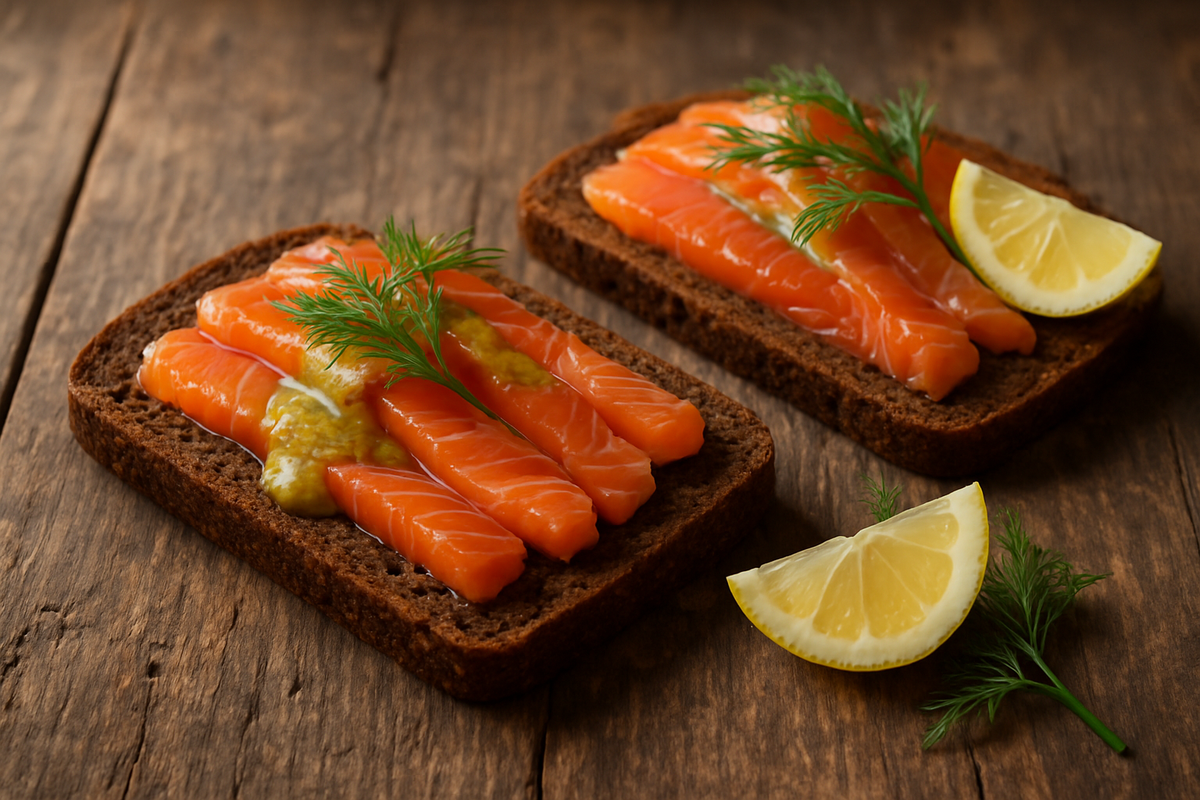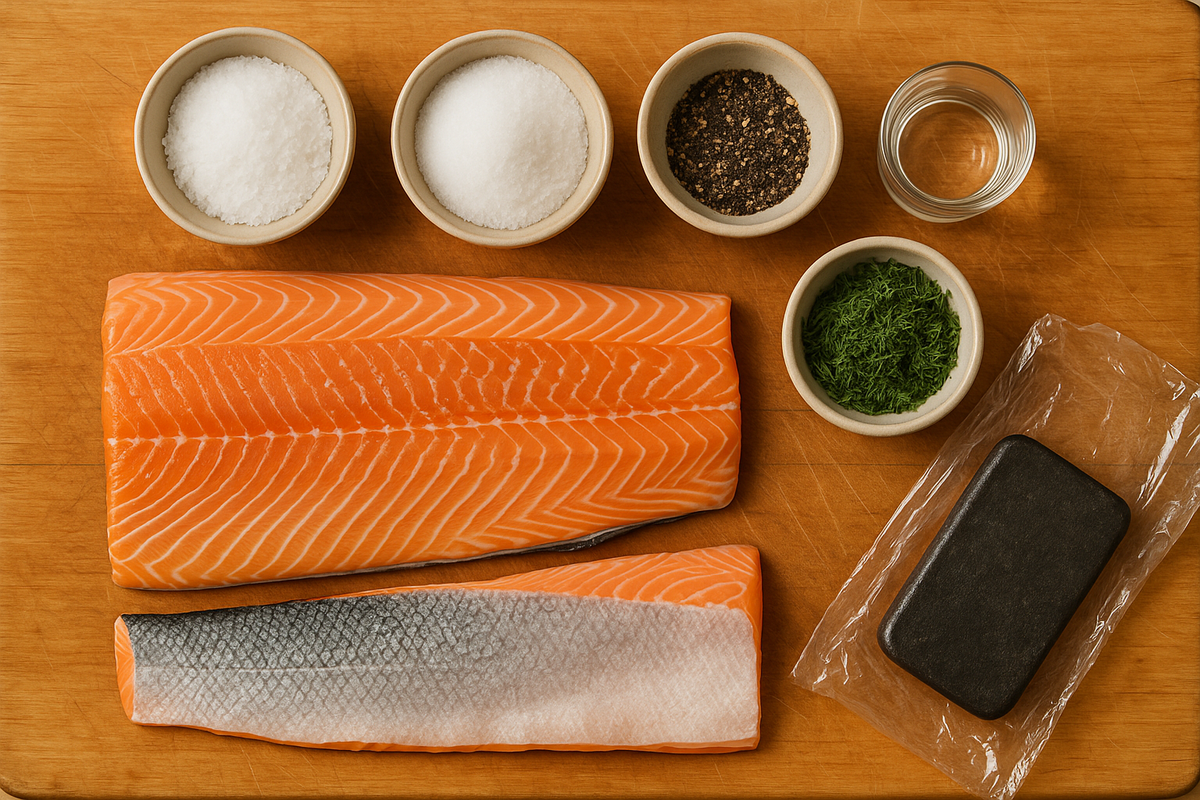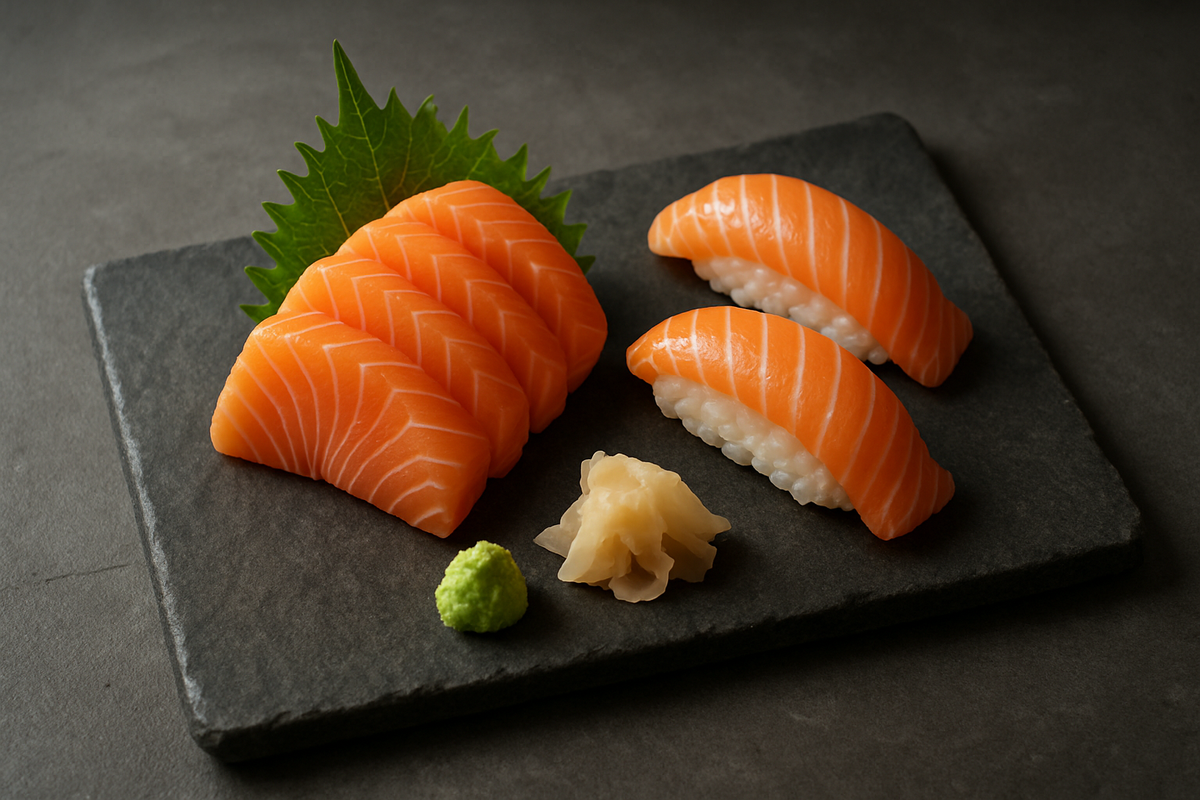Salmon and its place in Norwegian cuisine: from Gravlaks to fresh sushi
Salmon is not just a fish, it is a symbol of Norway, on which an entire culinary culture is built. In Norway, salmon is prepared in many different ways: from traditional marinated Gravlaks to baked with garlic and lemon. Salmon also plays an important role in the modern gastronomic world, becoming a key ingredient in dishes such as sashimi, sushi and pasta. In this article, we will tell you about traditional and modern ways of preparing salmon, as well as where you can try it in Norway.

Why is salmon so important to Norwegians?
Salmon occupies a key place in Norwegian culinary tradition not only because of its excellent taste, but also because Norway is one of the world's largest producers of this fish. Salmon has been used by local fishermen for centuries, and with the development of aquaculture (fish farming), Norway has become a supplier of this fish to dozens of countries. It is rich in omega-3 fatty acids, which are an essential part of a healthy diet, and is used in a variety of dishes, from marinated Gravlaks to fresh sushi.
What is Gravlaks and how is it prepared?

Gravlaks is marinated salmon that Norwegians prepare by rubbing the fillets with salt, sugar and dill, then leaving them in the refrigerator for several days. During the marinating process, the fish becomes fragrant and its texture becomes soft and tender. There are several variations of this dish, but the most classic includes dill and the addition of aquavit for flavour.
Gravlaks recipe (serves 4):
- 500 g fresh salmon fillet (with skin)
- 2 tbsp salt
- 1 tablespoon sugar
- 1 teaspoon ground black pepper
- 1 bunch of fresh dill
- 2 tablespoons aquavit (optional)
Preparation:
- Mix the salt, sugar and pepper.
- Rub the mixture into the fish on both sides, then sprinkle finely chopped dill evenly over the surface of the fish.
- Wrap the fillets in plastic wrap and refrigerate for 48 hours, turning the fish every 12 hours.
- After a while, cut off the excess dill, slice the fish into thin slices and serve with bread and mustard-sour cream sauce.

How does Norwegian salmon differ from other types of salmon?
The main difference between Norwegian salmon is its high quality. This is the result of environmentally friendly aquaculture methods, where salmon is farmed in open waters in the cold fjords of Norway. Norwegian salmon is characterised by a more delicate texture, taste and distinct aroma compared to salmon farmed in other countries.
Salmon in Norway: from sashimi to baked with lemon
Salmon is not only a key ingredient in Gravlaks, but is also often used in sashimi, sushi and other Japanese dishes. In Norway, salmon is also often baked with olive oil, garlic, lemon and herbs, which preserves its natural flavour. In restaurants in Oslo and Bergen, salmon is served in a variety of ways, from simple grilled fillets to delicate sashimi, as well as in combination with various seafood and herbs.
Where can you find the best salmon in Norway?
| City | Establishment | Special | Price (2025) |
|---|---|---|---|
| Oslo | Fiskeriet | Straight from the fish market, fresh salmon and sashimi | 150 NOK/serving |
| Bergen | Bryggeloftet & Stuene | Gravlaks-style salmon with rye bread | 160 NOK/serving |
| Tromsø | Emma’s Dream Kitchen | Sushi and sashimi with northern salmon | 180 NOK/serving |
| Stavanger | Sjøhusene | Grilled salmon with lemon and herbs | 220 NOK/serving |
How to serve salmon and what to pair it with?
Salmon can be served as a main course or as an appetiser:
- Gravlaks goes perfectly with black rye bread, cream and dill.
- Baked salmon with lemon and herbs can be served with mashed potatoes, roasted vegetables or a light green salad.
- Salmon in sushi or sashimi goes well with Japanese wasabi, soy sauce and pickled ginger.
Salmon in Norway is not just a fish, it is a true culinary culture steeped in tradition, ecology and the freshness of nature. Whether it is gravlaks, sashimi, baked salmon or sushi, each method of preparation highlights the unique qualities of this product. In Norway, you can try it in a wide variety of ways and learn more about its role in the lives of the locals, who are proud of their salmon on the world market.





2 comments
Log in to leave a comment